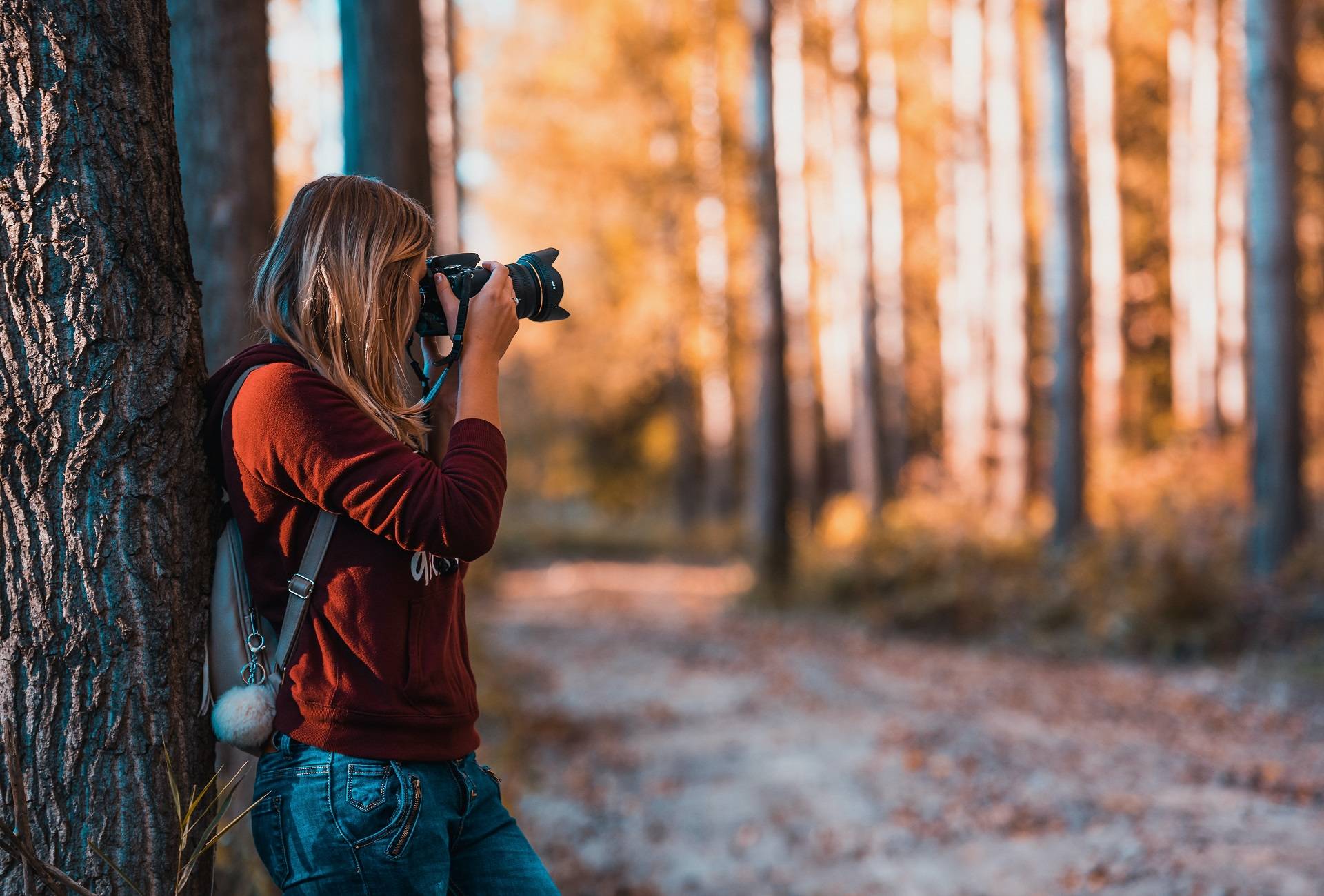In this article, we will discuss a few different ways how to properly hold a camera, which will hopefully reduce and potentially even eliminate unwanted blurry images when you are shooting in the field.
What is Camera Shake?
Camera shake occurs when the camera is unintentionally moved while the shutter speed of the camera is too low to capture a perfectly still image. The resulting image either looks blurry, or shows traces of “dragging” of the subjects, where multiple outlines could be visible around the subjects. Camera shake due to slow shutter speed typically takes place in low-light conditions when there is not enough light for the camera to yield a sufficiently bright image, or when exposure settings are set up incorrectly. For example, it is often needed to open up lens aperture as much as possible and increase camera ISO when shooting in indoor environments, because the amount of ambient light is too low. And when there is not enough light, the camera’s shutter speed must be slowed down to yield a properly exposed image (to understand the relationship between the three exposure variables, please see our article on Exposure Triangle).
The Relationship Between Shutter Speed and Focal Length: The Reciprocal Rule
If the shutter speed is too low for a given focal length of the lens, even slight movements to the camera can result in camera shake. It is important to understand the relationship between shutter speed and focal length in photography – as focal length increases, one has to simultaneously increase the shutter speed in order to avoid blur caused by from camera shake.
Hand-Holding Techniques
- Place your feet perpendicular to your subject: when hand-holding a camera, you typically have more balance when standing perpendicular to your subject, since there is less back and forth movement of your body compared to when standing parallel to your subject. If you have ever shot with an automatic rifle, you know that this standing position works very well, since there is quite a bit of recoil caused by the gun and standing sideways makes it easier to absorb each shot. So if you apply the same principle to shooting with a camera, it will surely work!
- Push your elbows into your sides: you want to avoid being in a “flapping” position with your elbows, because they will constantly move, causing your hands to move as well. Instead, tuck your elbows in and rest them against your body. Your body will serve as a resting spot for your elbows, which will not only help stabilize your hands, but also let them rest better when holding heavy gear.
- Hold camera at balance point: with every camera and lens combination, there is always going to be a point at which the camera setup won’t be neither front nor back-heavy. If you put your hand right at this point and let the camera rest on it, you will achieve good balance, which will make it easier to hand-hold the camera for extended periods of time, since you don’t have to fight the weight on either side of the hand.
- Hold camera to your face: while some of us might prefer to use the back of the camera screen to frame images, shooting with your arms extended is always going to introduce more camera shake. If your camera has a viewfinder, you will find that holding the camera to your face will make it easier to stabilize the setup.
- Push the camera to your head: once your arms are close to your body and fully tucked in, you can help stabilize the camera even more by slightly pushing the camera against your head.
- Bonus tip – breathe out right before squeezing the shutter release: Again, this trick is known to those who have served in the military or have experience shooting long-range rifles. If you slowly breathe out right before squeezing the shutter release, you have a higher chance of avoiding camera shake, because your body is not moving as much as it does when you heavily breathe.
Dealing with Camera Shake on a Tripod
Although camera shake is commonly experienced when shooting hand-held, it can also happen when shooting from a tripod, where such factors as wind, tripod stability and shutter release by hand can cause unwanted movements.
Conclusion
Since we as photographers always strive to capture sharp photographs with plenty of detail, camera shake can be very frustrating to deal with, so I hope you found the above article useful.
If you have any questions or feedback, please post your comments in the comments section below.
You can see our equipment here
